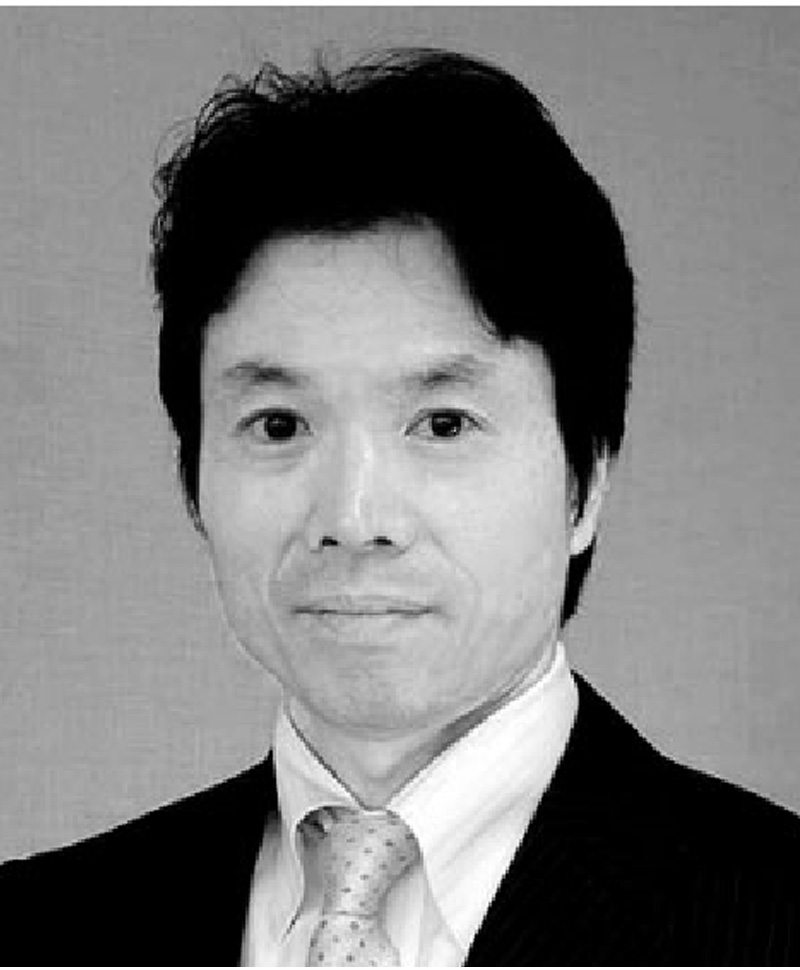| Pioneering Study on Statistical Machine Learning |
| Naonori UEDA |
 Naonori UEDA |
Specifically, he worked on improving the quality of solutions obtained by vector quantization, which is an important technique used in distortion-tolerant compression of media such as speech and images, and discovered the novel conditions (an equidistortion principle) necessary for obtaining optimal solutions. He also went on to devise an online learning algorithm that implements these design principles by approximation. This research used new principles and algorithms to solve the previously unsolved issue of optimal quantizer design, resulting in a major step forward in the optimization of this technology. This is recognized as a pioneering work in [the field of] current online clustering algorithms. For this, he received an award from the Telecommunications Advancement Foundation (Telecoms System Technology) in 1997.
Then, for the local optimal problem associated with the EM algorithm, which has been widely utilized in statistical machine learning, in the late 1990s he devised a novel method, called the DEAM method, by applying the concepts of statistical mechanics to this problem that had previously remained impervious to any attempt to solve it. He also invented the SMEM method for mixture models. These methods contributed greatly to improving the quality of parameter estimation solutions over a wide range, and have gained international acclaim, even being included in the introduction of an eminent mathematical statistics textbook. His novel method is widely used in speech recognition techniques and he received a Best Paper award from this society in 2000.
Moreover, for a single document that consists of multiple classes (topics) like the text data found on the Web, the award winner devised the first ever multiple topic text model, and demonstrated its usefulness in tests where it was used to perform multiple topic classification of tens of thousands of actual web pages. This technique was put to practical use as the topic classification engine of the news article classification service at the NTT Group portal site. This multiple classification problem was later presented at an international workshop, where the candidate was invited to join the administration committee as a pioneering researcher.
Furthermore, he rapidly rose to become one of Japan's authorities on advanced Bayesian theory research topics such as variational Bayesian estimation as an efficient inference method for Bayesian models, and non-parametric Bayesian theory for handling additive unbounded statistical models, and energized Japanfs machine learning society. He also collaborated with researchers in speech recognition at NTT laboratories to develop the world's first model structure automatic learning method using a hidden Markov model, for which he received a Best Paper award from this society in 2004, and another award from the Telecommunications Advancement Foundation (Telecoms System Technology) in 2006.
More recently, the award winner has worked as a sub-theme leader at FIRST (Funding Program for World-Leading Innovative R&D on Science and Technology, Project leader: Prof. Masaru Kitsuregawa), at which the proposer is a central research representative, while simultaneously designing an automatic technique for recognizing real nursing activities from acceleration sensor data. He successfully addressed this problem, and his method resulted in a remarkable improvement of up to 30% in the conventional recognition rate. Using this technique, he became the first to analyze some 9 million actions with medical and healthcare researchers in FIRST project; an achievement that would not have been possible with conventional technology. This research has opened up a whole new avenue of big data analysis in the application of ICT to healthcare.
From these, it is evident that the award winner has made a significant contribution to the development of statistical machine learning research as well as receiving numerous academic research awards, including his elevation to fellow in this society. In addition he served as a General Chair of Information-Based Induction Sciences and Machine Learning (IBISML) and he received an Activity Lifetime Achievement Award from the IEICEJ society. These achievements are outstanding and deserve this societyfs Achievement Award.
- i1jN. Ueda and R. Nakano, gA new competitive learning approach based on an equidistortion principle for designing optimal vector quantizers,h Neural Netw., vol. 7, no. 8, pp. 1211-1227, 1994.
- i2jN. Ueda and R. Nakano, gDeterministic annealing variant of the EM algorithm,h Neural Information Processing Systems 7 (NIPS7), pp. 545-552, MIT Press, Cambridge,1995.
- i3jN. Ueda, R. Nakano, Z. Ghahramani, and G.E. Hinto, gSMEM algorithm for mixture models,h Neural Comput., vol. 12, no. 9, pp. 2109-2128, 2000.
- i4jN. Ueda and K. Saito, gParametric mixture models for multi-topic text,h Neural Information Processing Systems 15 (NIPS15), pp. 737-744, MIT Press, Cambridge, 2002.
- i5) N. Ueda and K. Saito, gSingleshot detection of multi-category text using parametric mixture models,h ACM SIG Knowledge Discovery and Date Mining, SIG KDD, pp. 626-631, 2002.
- i6jN. Ueda and Z. Ghahramani, gBayesian model search for mixture models based on optimizing variational bounds,h Neural Netw., vol. 15, no. 10, pp. 1223-1241, 2002.
- i7jS. Watanabe, Y. Minami, A. Nakamura, and N.Ueda, gVariational Bayesian estimation and clustering for speech recognition,h IEEE Trans. Speech Audio Process.,vol. 12, no. 4, pp. 365-381, 2004.
- i8jN. Ueda, Y. Tanaka, and A. Fujino, gRobust naive Bayes combination of multiple classifications,h The Impact of Applications on Mathematics, Proceedings of the Forum of Mathematics for Industry, pp. 141-156, Springer, 2014.
- i9jS. Inoue, N. Ueda, Y. Nohara, and N.Nakashima, gMovile activity recognition for a whole day : recognizing real nursing activities with big dataset,h Proceedings of the 2015 ACM International Joint Conference on Pervasive and Ubiquitous Computing (UbiComp2015), pp. 1269-1280, 2015.
- i10jY. Nohara, E. Kai, P. Ghosh, R. Islam, A. Ahmed, M. Kuroda, S. Inoue, T. Hiramatsu, M. Kimura, S. Shimizu, K. Kobayashi, Y. Baba, H. Kashima, K. Tsuda, M. Sugiyama, M. Blondel, N. Ueda, M. Kitsuregawa, and N. Nakashima, gHealth checkup and telemedical intervention program for preventive medicine in developing countries,h J. Med. Internet Res., vol. 17, no.1 Jan. 2015.